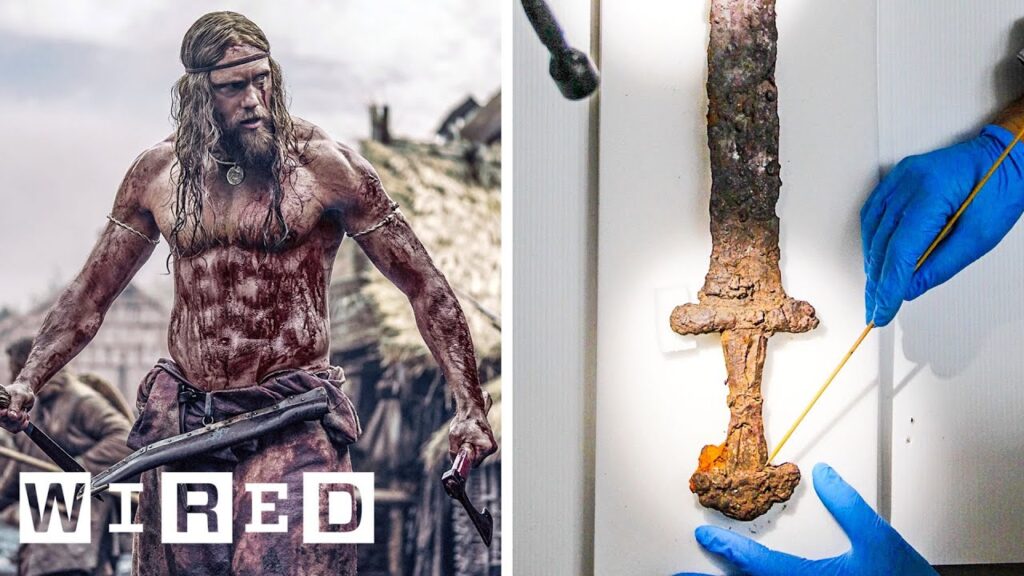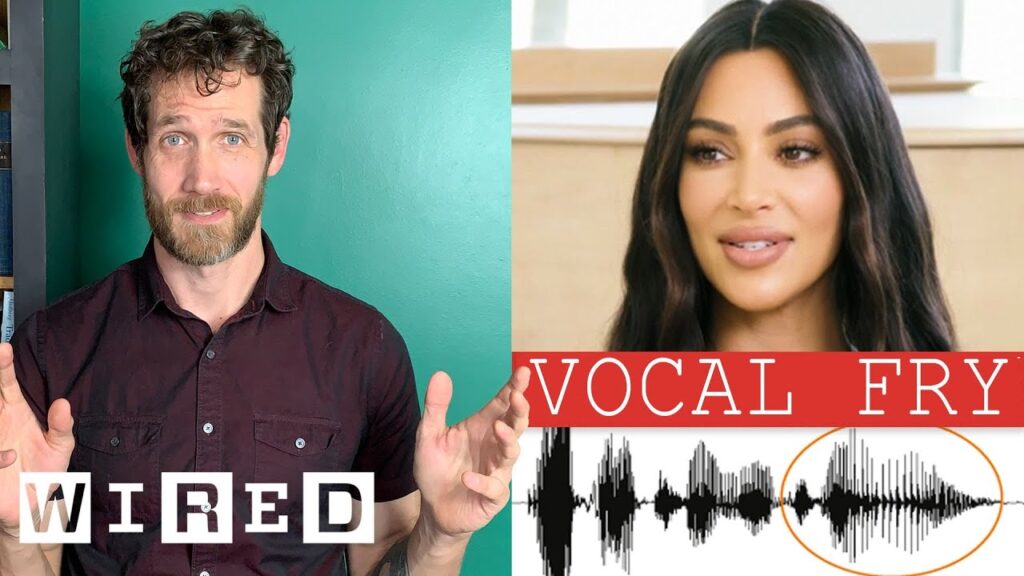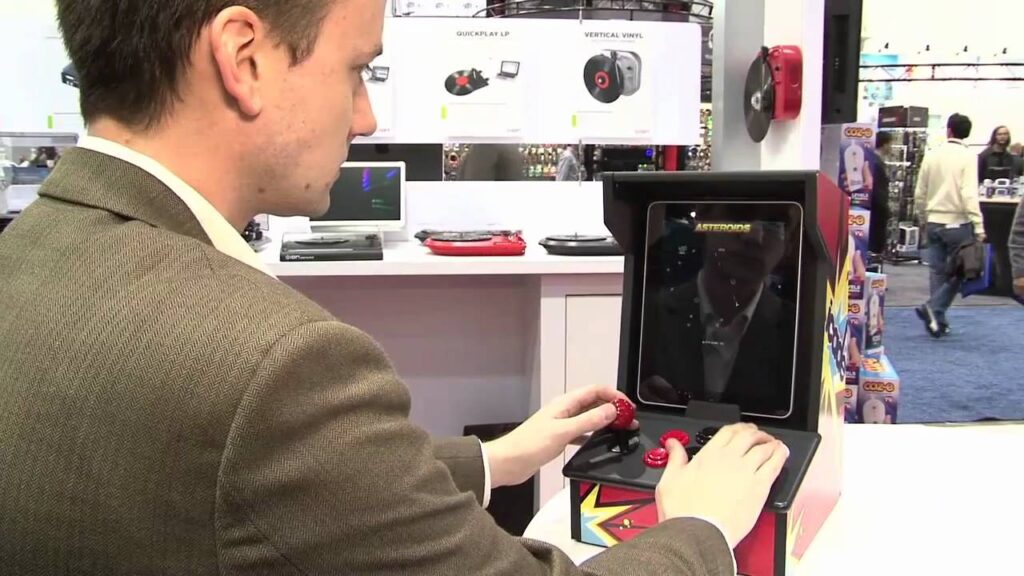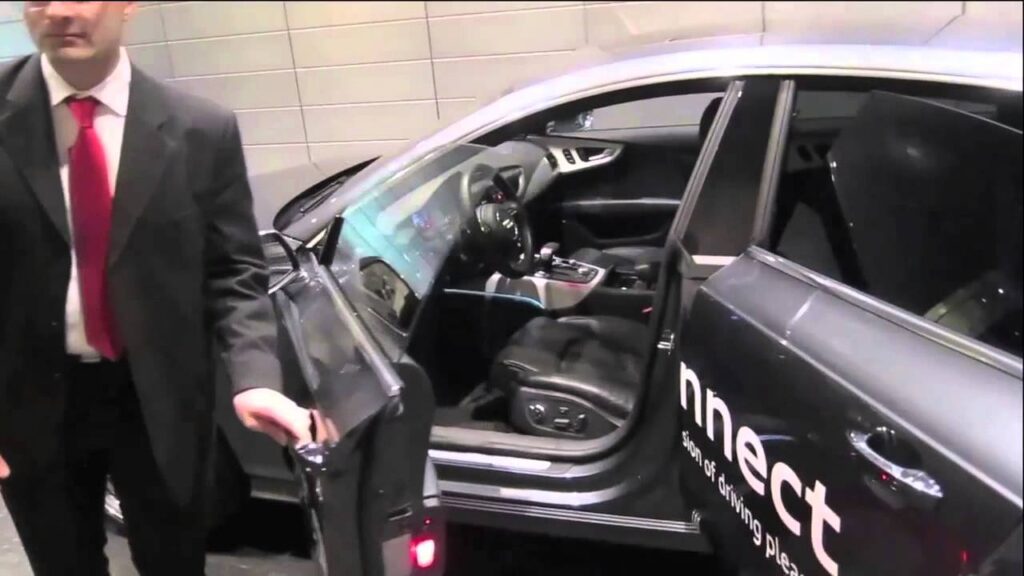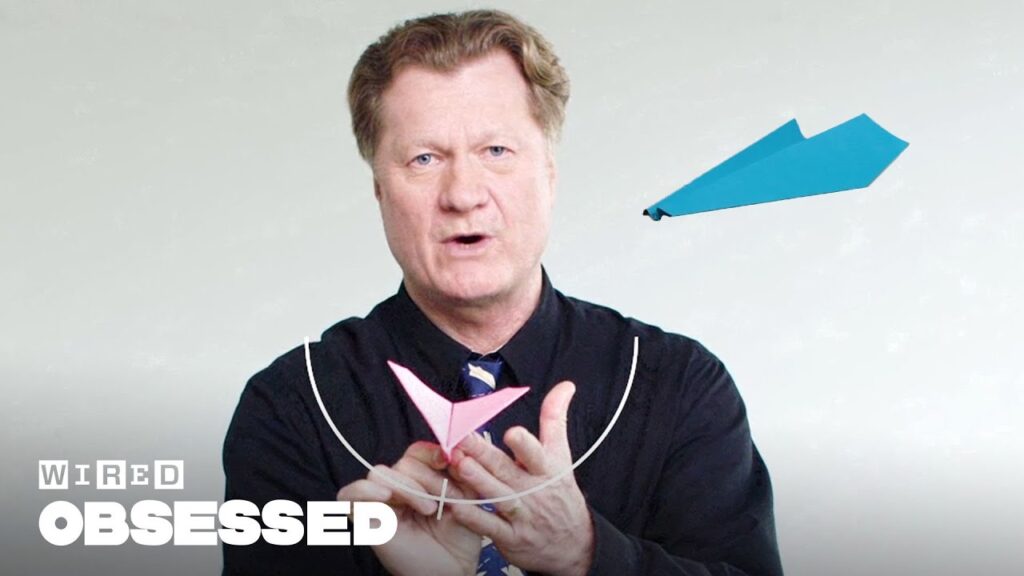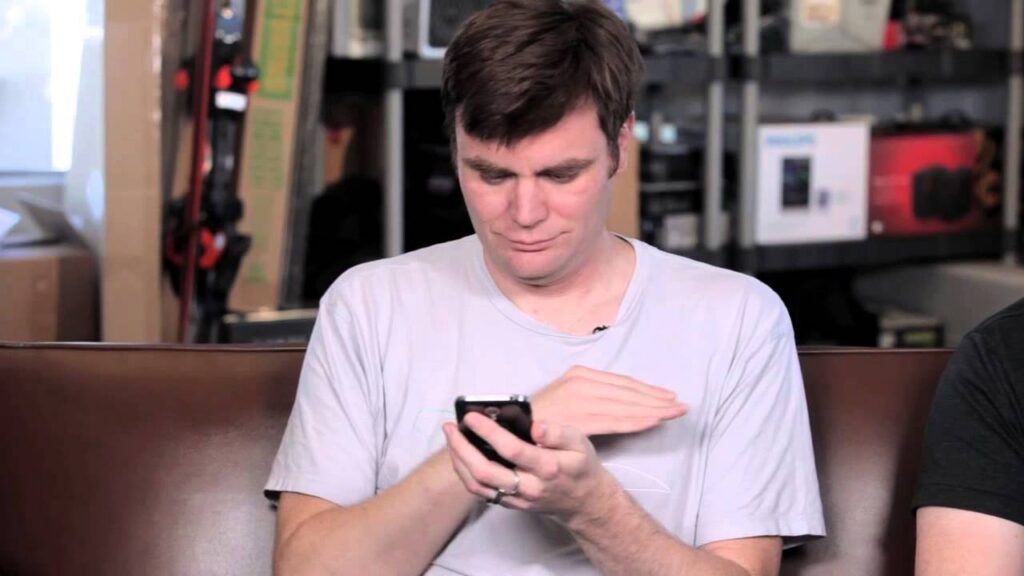Tomorrowland: A Glimpse into the Future with Industrial Light and Magic
Summary
In this article, we explore the making of Tomorrowland, a movie directed by Brad Bird, which takes us on a journey to a magical world of the future. We delve into the challenges faced by Industrial Light and Magic (ILM) in bringing Tomorrowland to life, including the complexity of aligning various plates and integrating them with futuristic technology. Additionally, we discuss the use of Dolby Vision in the movie, which provides a wider dynamic range and sharper contrast, and its potential impact on the future of compositing.
Table of Contents
- The Continuous Shot: A Glimpse into Tomorrowland
- The Making of Tomorrowland: Challenges for Industrial Light and Magic
- Dolby Vision: The Future of Compositing
The Continuous Shot: A Glimpse into Tomorrowland
Tomorrowland takes us on a journey to a magical world of the future, and to convey the wonder and spectacle of its optimistic future, Brad Bird takes us on a six-minute-long continuous shot revealing Tomorrowland via a curious magical pin. The sequence starts from the beginning of the city, takes us through a monorail, and ends up in the spaceport where our hero is just about to board a spaceship. The sequence took almost ten months to stitch and composite together, with twelve artists working at various levels.
The Making of Tomorrowland: Challenges for Industrial Light and Magic
Bringing Tomorrowland to life and realizing Brad Bird’s vision was up to Industrial Light and Magic (ILM) in San Francisco. In the end, they split it out into about seven or eight shots, each of those shots at about three or four plates, and everything was kind of timed together. Some shots were taken in Spain, some in Vancouver, all without motion control, and all needing to be integrated with the magical world and futuristic tech that ILM could come up with.
Dolby Vision: The Future of Compositing
Tomorrowland is the first film to be released in the new Dolby Vision format, which provides more than just an increased contrast range. When the gateway opens to the beach, the film holds and balances the vastly different exposures between the interior of Tomorrowland and the bright daylight of the tropical beach. ILM was the first studio to have to deal with Dolby Vision, which provides sharper contrast and a wider dynamic range. This technology is expected to change the way compositing will be done in the next year, and we will need monitors that can display those values. Looking forward, we can expect even more from ILM as we hit the summer blockbuster season.
Conclusion
Tomorrowland takes us on a journey to a magical world of the future, and the making of the movie was a complex process that required the expertise of Industrial Light and Magic. The use of Dolby Vision in the movie provides a wider dynamic range and sharper contrast, and its potential impact on the future of compositing is significant. As we look forward to more summer blockbusters, we can expect even more from ILM in the years to come.
